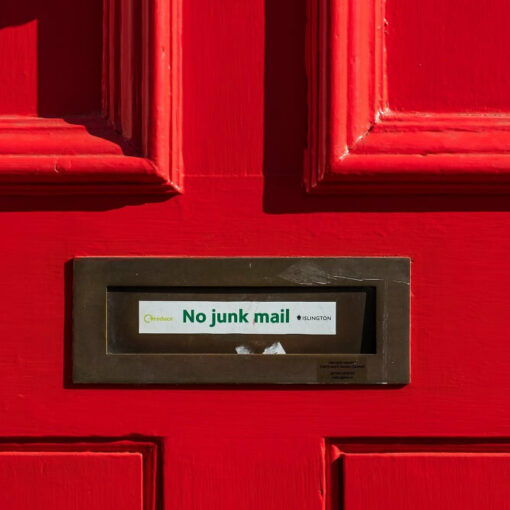For the longest time, most marketers have been using the regular email service to do some form of email marketing. This practice is not only convenient but cost-effective. Also, the gathering and use of personal data were unregulated during those days.
However, times have changed. Today, there are several laws in place that require activities that involve the gathering, use, storage, and disposal of personal data to comply with privacy regulations. These laws are not to be taken likely, and it affects everyone.
Even before privacy law kicks in, a domain may be blocked and blacklisted by Internet service providers if the domain has a history of spamming. What this means is that your email might even not even reach your audiences if these service providers have their way. No one likes spammers.
Besides regulatory requirements and being on a blacklist, mass emailing via traditional email clients is an inherently unproductive activity when it comes to marketing.
For starters, a marketer has no insights into the effectiveness of the activity. They do not have a view of whether the client has opened or even viewed their emails. There is no insight into whether this channel of marketing is an effective one. Without this simple insight, a marketer is just shooting in the dark. This lack of information leads to a lot of marketing challenges.
Without the ability to understand their audience behavior, a marketer is unable to do any segmentation. Without proper segmentation, customers might receive emails that are not relevant to them. This makes for a poor customer experience when they receive emails with marketing messages that do not resonate with them. You might even be reported as a spammer and get your emails channeled into a spam folder.
One of the critical technical limitations of traditional email services is that it does not allow emails to be scheduled.
Studies have shown that at certain times of the day, more time is spent reading emails than at other times. If there is a need to send emails over the weekend or after office hours, you might need to hire someone willing to do the job or deploy a system to resolve this issue.
The scheduling feature in email marketing tools comes in handy too for many other occasions like reminders if you are providing regular services, birthday greetings, anniversary notes, etc. Automating such repetitive tasks saves a lot of time. From the client’s perspective, they would be happy to receive such celebratory greetings. If not, at least you would look upon favorably over your competitors who are not doing so. Hence, an investment in an email marketing system pays dividends even after a sale is made.
Behavioral studies have shown that a buyer would likely make a purchase only after repeated exposure. Automating a series of emails with different messages sent off on different days would be most helpful in this nurturing effort. This increases the likelihood of a sale for your brand.
Knowing that it costs up to five times or more to sell to a prospect than to an existing customer, businesses are constantly seeking ways to cross-sell or upsell to their customers. Being able to tag a subscriber in the email marketing system would allow businesses to have a better idea of how to increase spending with your brand. Businesses can now put in front of their customer complementary solutions that they might need.
By crafting the automation once, the same automation could be re-used for all customers buying the same product. This saves a lot of time.
Thus an email marketing is not only necessary in today’s privacy-conscious world but brings a host of benefits pre and post-sales.
There are many email marketing applications in the market, and they are all not created the same. They have their respective strengths and weaknesses.
Through understanding you and your business, we would be able to advise an appropriate system that works for you.
Speak to us today for a non-obligation discussion!





